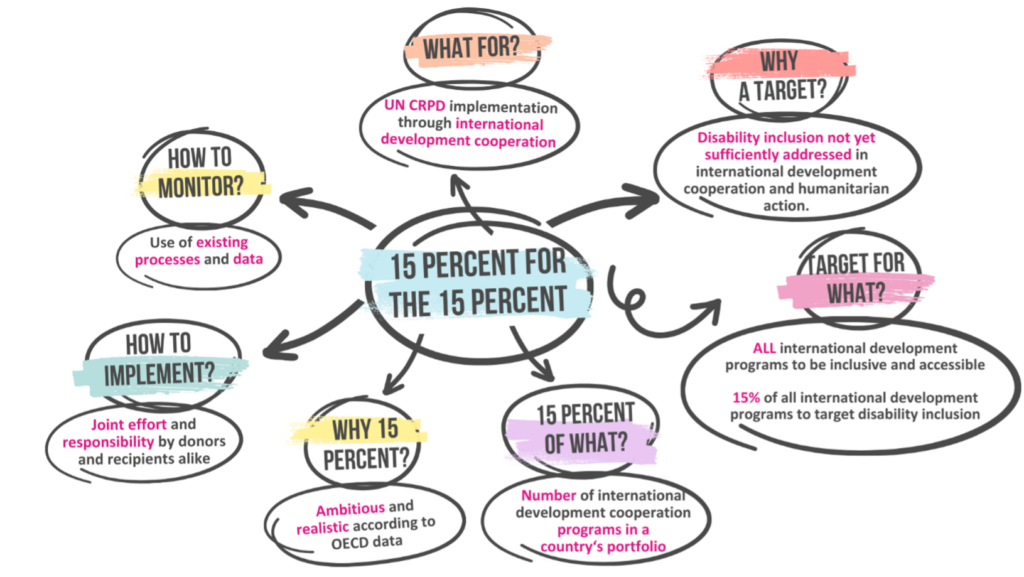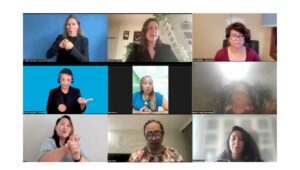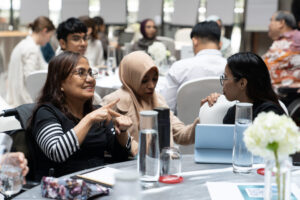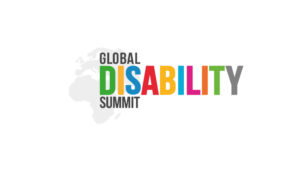Last update: 28 May 2025
The “Amman-Berlin Declaration on Global Disability Inclusion” is one of the most significant outcomes of the GDS 2025. The Declaration marks an important milestone for advancing the rights of persons with disabilities worldwide. It contains strong commitments for disability-inclusive international development cooperation and humanitarian action. The declaration also emphasizes the importance of meaningful engagement of OPDs and aims to foster impactful partnerships.
Prior to the Summit the Declaration was shared with a broad circle of countries and institutions with the aim to encourage their endorsement of the Declaration. This has resulted in an incredible 100 endorsements by governments and international organizations already during the time of the summit. Endorsement is still possible beyond the event. You can find a full list of endorsements below.
Among the Declaration’s commitments to disability inclusion are two specific targets for international development cooperation. According to these, actors endorsing the declaration will:
- strive for all their international development programs to be inclusive of and accessible to persons with disabilities, by actively making a positive contribution to inclusive and full equality and to non-discrimination and by doing no harm.
- strive to ensure that at least 15 percent of international development programs being implemented at the country level pursue disability inclusion as an objective (“15 percent for the 15 percent”).
With the “15 percent for the 15 percent” target”, the Amman-Berlin-Declaration seeks to establish, for the first time, a quantifiable target for disability inclusion at a global scale. The goal is to achieve this target until the 4th GDS in 2028. The idea of the “15 percent for the 15 percent” target is spelt out in the graphic below.

Source: IDA/BMZ
Image Description: Graphic on the “15 percent for the 15 percent”, which is introducing an overview of reasons behind, basic principles, and ways of monitoring the implementation of the target.
Why these targets?
As we all know, inclusion of persons with disabilities is still not in the focus of international development cooperation and humanitarian action. The biggest minority group (15-16% of the world’s population) is still being left behind. Quantifiable and concrete targets have proven to help set agendas and change mindsets and are therefore deemed the best way forward. This is why the Amman-Berlin Declaration of the 3rd GDS is a unique opportunity to go beyond awareness-raising and individual commitments by bringing about measurable change through the “15 percent for the 15 percent” target in particular.
By endorsing the declaration, governments both from Global South and North have declared their joint responsibility to ensure that both targets are fulfilled.
Further development actors such as development banks as well as international and multilateral organizations have also endorsed the Declaration. Their support is essential for the successful implementation of the target. These actors play an important role in shaping project design and financing projects and have an important signaling effect.
Civil society organisations (CSOs), on the other hand, in particular OPDs, play a key role in advocating for the endorsements even beyond the Summit, and subsequently the implementation of the declaration by supporting with expertise and amplifying awareness within their networks.
OPDs were also involved through the International Disability Alliance in writing the Amman-Berlin Declaration. Implementing the Declaration is, however, duty of governments and further development actors, namely development banks as well as international and multilateral organizations. OPDs can, therefore, not endorse the declaration.
The full declaration is available to read below in English, Spanish, French, Russian and Arabic. Easy read versions are available in English and Arabic.


